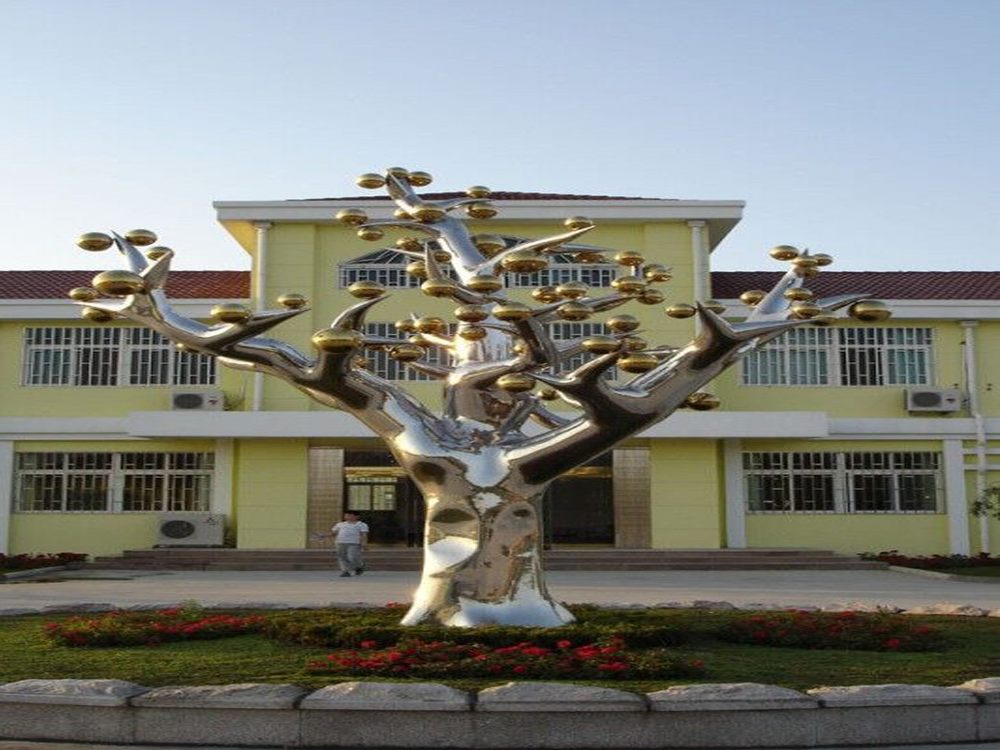
Artists masterfully blend sculptures with their natural surroundings by considering multiple elements to achieve visual and thematic harmony. The choice of materials plays a pivotal role—using locally sourced stone or weathering steel ensures the artwork ages gracefully alongside its environment. Scale and proportion are carefully calibrated; a towering piece might anchor a vast meadow, while a delicate installation could nestle into a forest clearing.
Contextual design ties the sculpture to its setting, with forms echoing nearby landforms or cultural narratives. Negative space is often employed to frame views or invite interaction, while reflective surfaces can mirror skies and trees, dissolving boundaries between art and nature. Site-specific artists spend months studying light patterns, seasonal changes, and visitor sightlines before creating works that feel inherently connected to their locations.
Modern practitioners increasingly incorporate ecological considerations, using permeable bases for drainage or designing habitats for local wildlife within sculptures. This multidimensional approach transforms standalone artworks into conversations with their landscapes, where neither dominates but both elevate each other's essence. The most successful integrations make viewers question whether the art grew from the land or the land shaped itself around the art.

